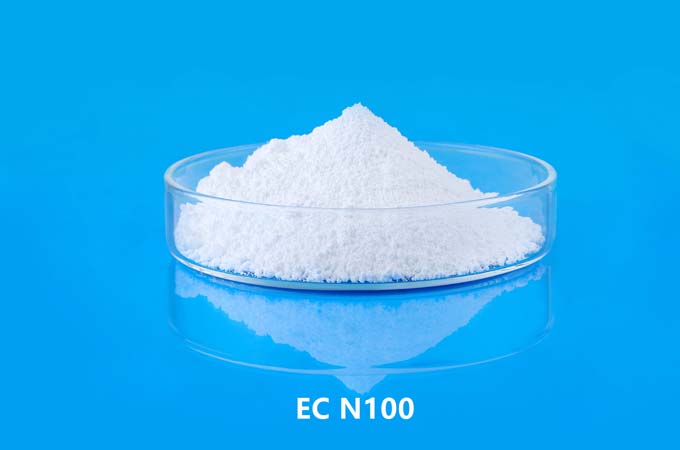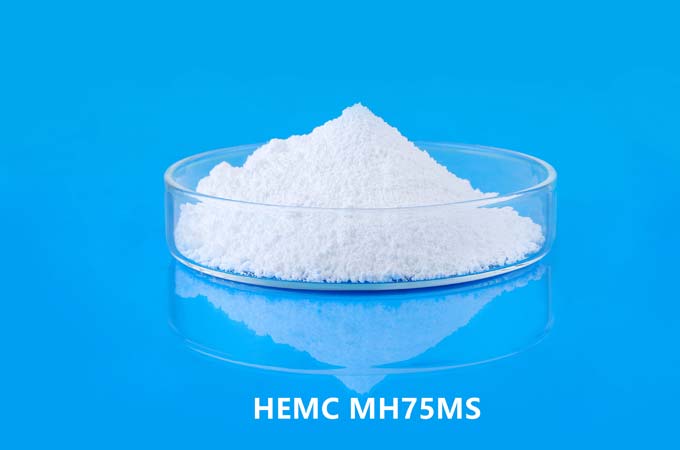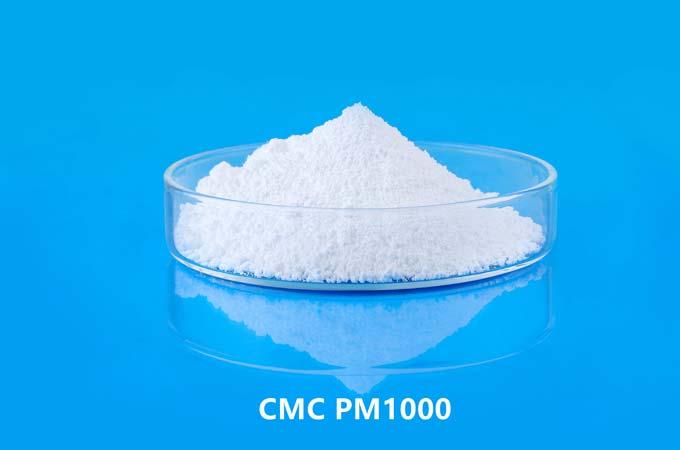Product Name:
1. Chemical name: hydroxypropyl methylcellulose
2. English abbreviation: HPMC
Physical and Chemical Properties:
1. Appearance: white or off-white powder;
2. Particle size: the passing rate of 100 mesh is greater than 98.5%; the passing rate of 80 mesh is greater than 100%;
3. Carbonization temperature: 280~300°C;
4. Apparent density: 0.25~0.70/cm3, specific gravity 1.26-1.31;
5. Discoloration temperature: 190~200°C;
6. Surface tension: 2% aqueous solution is 42~56dyn/cm;
7. Soluble in water and certain solvents in proper proportions, such as ethanol/water, propanol/water, trichloroethane, etc.
Solubility varies with viscosity, the lower the viscosity, the greater the solubility, and there are some differences in the performance of different specifications of hydroxypropyl methylcellulose (HPMC). The dissolution of hydroxypropyl methylcellulose in water is not affected by the pH value,
With the decrease of hydroxypropyl methylcellulose content, the gel point increases, the water solubility decreases, and the surface activity decreases.
The Characteristics of Hydroxypropyl Methylcellulose:
The product combines many physical and chemical properties into a unique product with multiple uses, the various attributes are as follows:
(1) Water retention: it can retain water on porous surfaces such as wall cement boards and bricks;
(2) Film-forming property: it can form a transparent, tough and soft film with excellent oil resistance;
(3) Organic solubility: the product is soluble in certain organic solvents, such as a solvent system composed of ethanol/water, propanol/water, dichloroethane and two organic solvents in proper proportions;
(4) Thermal gelation: when heated, the aqueous solution of the product must form a gel, and the gel formed after cooling becomes a solution again;
(5) Surface activity: provide surface activity in the solution to achieve the desired emulsification and protective colloid;
(6) Suspension: It can prevent the precipitation of solid particles, thereby inhibiting the formation of sediment;
(7) Protective colloid: it can prevent the agglomeration or coagulation of droplets and particles;
(8) Adhesiveness: It is used as an adhesive for pigments, tobacco products and paper products, with excellent functions;
(9) Water solubility: the product can be dissolved in water in different amounts, and its maximum concentration is only limited by viscosity;
(10) Non-ionic inertness: the product is a non-ionic cellulose ether, which will not combine with metal salts or other ions to form insoluble precipitates;
(11) Acid-base stability: suitable for use within the range of PH3.0-11.0;
(12) Odorless, not affected by metabolism; used as food and drug additives, they will not be metabolized in food, and will not provide calories;
 English
English 日本語
日本語 français
français Deutsch
Deutsch Español
Español italiano
italiano русский
русский português
português العربية
العربية Türkçe
Türkçe Nederland
Nederland



